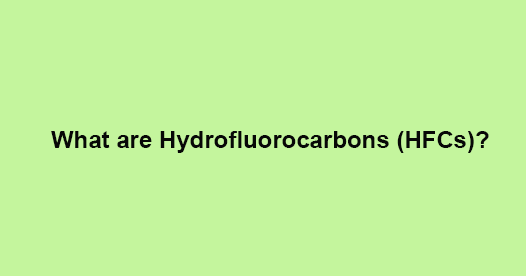
Hydrofluorocarbons (HFCs)?
HFCs are a family of greenhouse gases (GHGs) that are largely used in refrigerants in home, car air-conditioners and air sprays etc.
The gases that help capture the heat, called “greenhouse gases,” include water vapor, carbon dioxide, methane, nitrous oxide, and a variety of manufactured chemicals.
These factory-made gases had replaced CFCs under the 1987 Montreal Protocol to protect Earth’s fragile protective Ozone layer and heal the ozone hole over the Antartica.
Why they are harmful?
In recent times, it was found that HFCs have several thousand times capacity in retaining heat in the atmosphere compared to carbon dioxide (CO2), a potent GHG.
Thus, it can be said that HFCs have helped ozone layer but exacerbated global warming.
Currently, HFCs are currently the world’s fastest GHGs, with emissions increasing by up to 10% each year.

Join The Discussion